Milton House in nearby Rock County is Wisconsin’s only authenticated stop on the Underground Railroad you can tour.
27-Nov-20 – A stagecoach inn built in 1844, Milton House was the hub of a thriving pioneer community in Rock County, Wisconsin. Secretly, it also was a waystation on the Underground Railroad, helping freedom seekers escape the bondages of slavery.
Today, Milton House in Milton is a museum and Wisconsin’s only authenticated stop on the Underground Railroad that gives docent-led tours.
As you learn about the early days of this progressive town and its founders, you’ll experience the distinctive hexagon-shaped hotel and primitive 1837 log cabin nearby. You’ll walk through the narrow 45-foot-long underground tunnel that provided a safe haven between the two buildings.
In 1998, the museum was named a National Historic Landmark.
“We have some unique objects, but the most important aspect of the Milton House Museum is the story,” says author Doug Welch, who has written extensively about the area’s history. He is president of Milton College Preservation Society and curator at Main Hall Museum.
“People are asking questions and putting things together in terms of slavery days and what’s going on in today’s environment,” he says. “Although it’s been 150 years [since slavery was abolished], we really haven’t changed. There is still an environment in which many of these prejudices are still propagated. Milton House Museum is a symbol of how things were, and it shows you the compassionate end of it. Not only the fact that Milton House was needed in those days but also that people were willing to stick their necks out and help people making those voyages.”
How Milton came to be
Joseph Goodrich came to Rock County in 1838 from Allegany County, New York, in search of a new life. An ardent Seventh Day Baptist who professed both abolition and temperance, he filed a land claim for the area that became Milton.
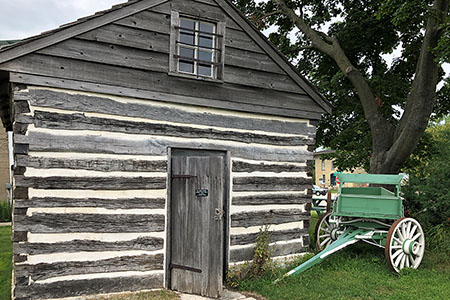 |
Goodrich’s first concern was temporary housing for his family, including the log cabin (left) he bought from earlier settlers and moved onto his land. |
After completion of Milton House, the tunnel between the hotel cellar and the log cabin was excavated, probably to conceal Goodrich’s illegal Underground Railroad activity. The tunnel was about four feet in height, which meant anyone traversing it had to stoop or crawl.
Goodrich was a great benefactor of the growing community. He added a commercial wing to the hotel, established a (now closed) college, donated land for a park and a cemetery, and facilitated the state’s first railroad through Milton. He died in 1867.
Over the decades, Milton House fell into serious disrepair. Most of the commercial wing had collapsed. In 1948, the Milton Historical Society took over and set about restoring, rehabbing, and updating the property. The tunnel was stabilized and dug out to six feet in height. Milton House Museum opened to the public in 1954. Yet another ambitious project was the 2007 reconstruction of the commercial wing to enlarge display and educational space.
Network to freedom
The Underground Railroad was an unofficial, covert web of routes, waterways, hideouts, and sympathizers. Secrecy was imperative because harboring fugitives was illegal, even in free states like Wisconsin. Bounty hunters roamed the countryside. The railroad operated until 1865, when the 13th Amendment to the United States Constitution at last outlawed slavery.
For obvious reasons, record-keeping was nearly non-existent on the Underground Railroad. Much of what is known today has been gleaned from oral accounts handed down through generations.
Shards of knowledge are painstakingly being reassembled. The National Underground Railroad Network to Freedom Act of 1998 was passed to honor, preserve, and promote the railroad’s resistance to enslavement and its rich heritage. The Network to Freedom initiative documents and authenticates sites, facilities, programs, and other resources associated with the Underground Railroad. Since its creation, it has grown to over 650 listings in 40 states, including Washington, D.C., and the U.S. Virgin Islands.
The Milton House Museum and tour were added to the Network to Freedom in 2001.
“There are a number of authenticated Underground Railroad sites in Wisconsin,” Welch says. “Most, however, were on private property that were simply lost to time and not preserved – a barn or root cellar, for example. These locations may be recognized by a plaque or a monument. Milton House is unique in that it still stands today.”
If you want to stay longer
Milton is about 120 miles northwest of Chicago, in south-central Wisconsin, so a day trip is certainly doable. If you’re of a mind to spend a night or more, consider sister properties Hotel Goodwin and Ironworks Hotel in downtown Beloit. The difference between the two can be described as ultra-chic Gwen Stefani versus handsome country-crooner Blake Shelton.
Hotel Goodwin is a former commercial building transformed with classic retro styling and quirky artwork. Dine and imbibe at the in-house modern Italian eatery, Velvet Buffalo, featuring handmade pasta, wood-fired pizzas, and an extensive wine list.
The Ironworks Hotel is a converted factory but no less luxe. Exuding a rustic vibe, the premises are awash with reclaimed woods, vintage brick, and rich leather upholstery. The hotel’s Merrill & Houston’s Steak Joint is noted for its prime-cut steaks and whiskey menu.
Both hotels feature spacious spa-like baths and plush towels.
The two hotels are diagonal from each other at the intersection of Pleasant Street & Public Avenue, and within easy walking distance of downtown attractions, shopping, and eateries.
As with nearly everything during these days of pandemic, call ahead for openings, closures, and restrictions.
Photos by Milton Historical Society and Pamela Dittmer McKuen.
"follow" - Google News
November 28, 2020 at 12:26PM
https://ift.tt/3laiZ8E
Follow the footsteps of freedom seekers - Loop North News
"follow" - Google News
https://ift.tt/35pbZ1k
https://ift.tt/35rGyU8
Bagikan Berita Ini
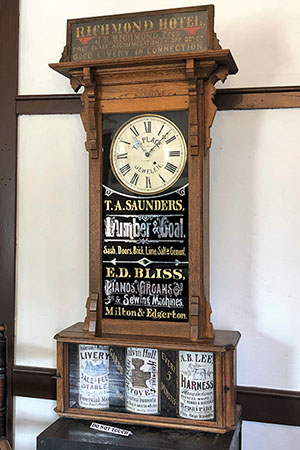
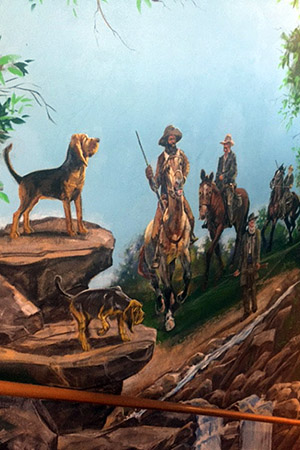
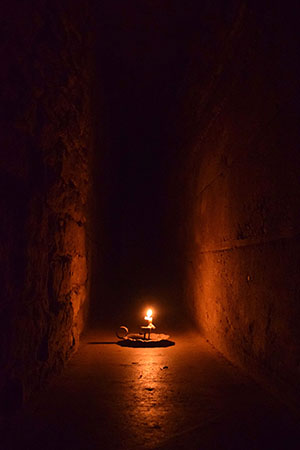
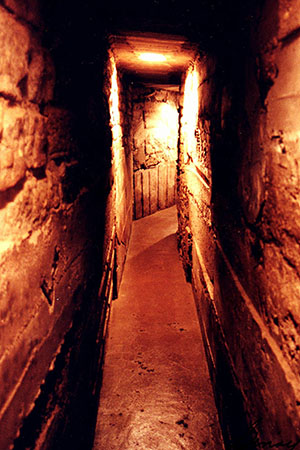















0 Response to "Follow the footsteps of freedom seekers - Loop North News"
Post a Comment